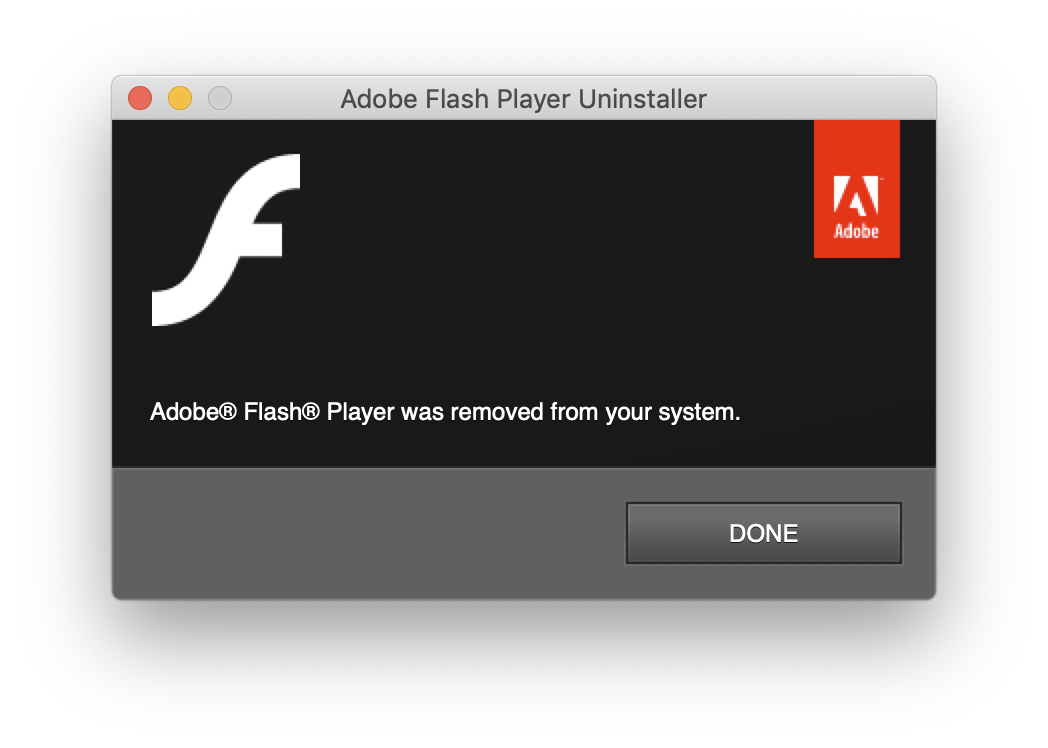

It was seen as a temporary solution until streaming and downloading HD video became the standard practice. Apple and Microsoft rejected Blu-Ray for similar reasons. With HTML 5 on the horizon, able to handle interactive content, Apple rejected Adobe’s attempt.

Flash for iOS would have also decreased battery life and performance.īeyond the bugs, Adobe had no solid plans to make Flash work with touch screens. As an OS X user, I can attest to the fact that Flash is the buggiest thing on a Mac. In fact, Flash was the leading cause of crashes on Mac OS X.

Steve Jobs saw the demo and felt it wasn’t up to snuff. The talking point simply evaporated.īefore Adobe stopped making the mobile Flash player, Apple rejected their attempts to bring Flash to iOS. After this resignation, the tech pundits never admitted that Apple was right all along. Adobe finally threw in the towel and stopped developing Flash for mobile devices. Flash didn’t work well on mobile devices and was never modified to work with touch screens. At one point, it was used to prove the superiority of competing mobile operating systems - until Adobe stopped making Flash for all mobile devices. The lack of Adobe Flash on Apple’s iOS mobile operating system has been a talking point amongst tech pundits. While this isn’t as good as native Flash (on a desktop computer), it works surprisingly well. The popular and highly rated app allows users to enjoy a cloud-based Flash experience. Photon is a web browser available in the App Store for less than $5. Although Flash is not directly supported by Safari, the Photon web browser for iOS supports Flash content on the iPad, iPhone and iPod Touch. Apple’s rejection of Adobe Flash is notorious.


 0 kommentar(er)
0 kommentar(er)
